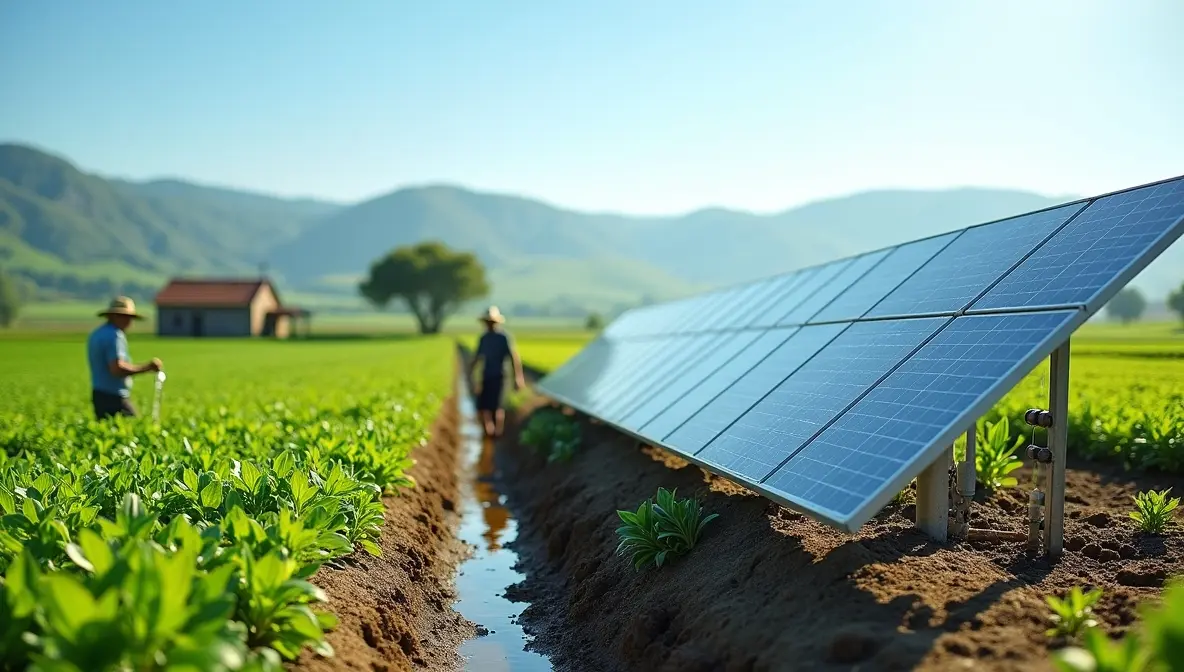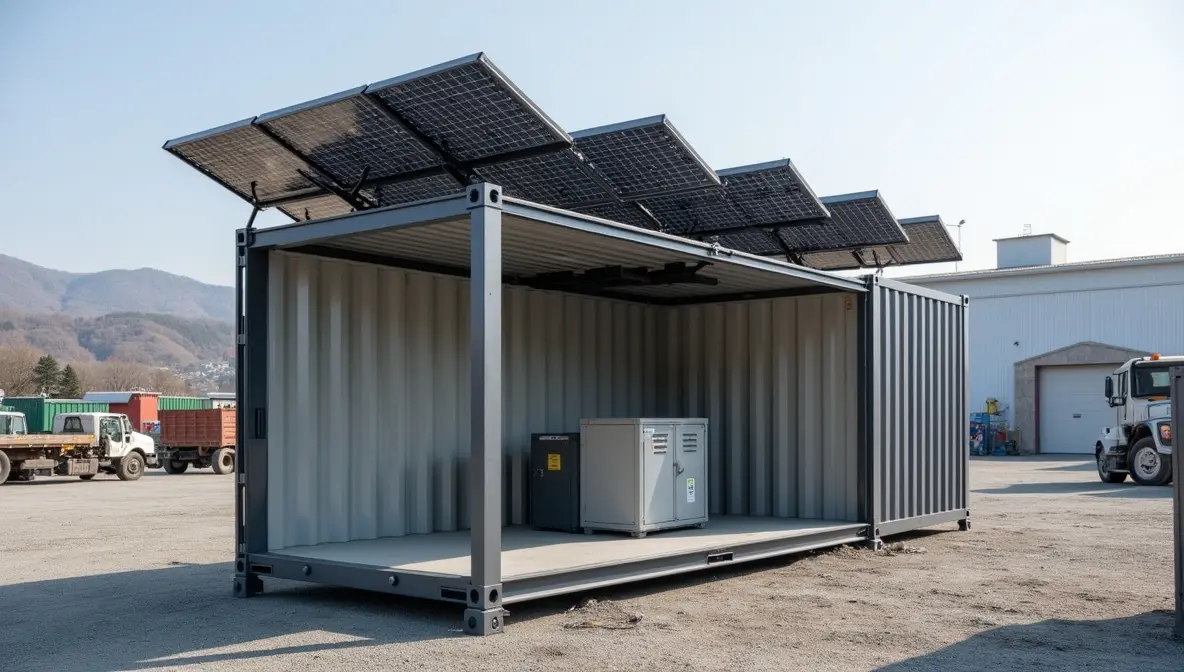Solar Panels for Photovoltaic Water Pumping Systems: What, Why, and How Solar panels for photovoltaic water pumping systems are waves-making—in the water. Solar water pumping systems harness the power of sunlight to energize water pumps, and offer an environmentally friendly alternative to water supply and irrigation for rural communities.
What Are Photovoltaic Water Pumping Systems?
In few words, PV water pumps suck electricity from the sun with solar panels. A water pump powered by electricity draws water from wells, rivers, or ponds. The key hardware are:
- Solar Panels: Taps the power of sun and converts it into electricity.
- Pump Controller: Controls power from panels to pump.
- Water Pump: Draws water up to where it's needed.
- Storage Tank(optional): Utilized as a buffer to hold water to utilize when sunlight cannot be transmitted.
Perfect for off-grid sites, a low-maintenance, renewable source water system.

Why Solar Panels for Water Pumping?
Solar panels for water pumping advantages are irresistible:
- Cost-Saving: After initial capital is recouped, there are essentially zero operating expenses.
- Environmentally Friendly: Reduces carbon footprint: reduces fossil fuel use.
- Maintenance-Free: The less moving parts, the less there is to be worn and tear.
- Scalable: Scalable systems enable the systems to be constructed in a manner where the systems can be utilized to provide some of the water needs.
Secondly, utilization of systems like the LZY-MSC2 Sun Tracking Mobile Solar PV Container is optimized for efficiency in that it tracks the sun radiation during the day.
How to Install and Wire a Solar Water Pumping System
Solar powered water pumping installation involves taking some very important steps:
- Site Assessment: Measure sunlight condition and water requirement.
- Component Choice: Utilize appropriate solar panels, pump, and controller based on need.
- Solar Panel Installation: Mount panel at sun exposure opportunity direction and highest angle.
- Wiring: Connect the solar panels to controller and then pump with caution remembering polarity and tightened connectors.
- Testing: Test the system for operation and make the changes as necessary.
Step-by-step procedures are described in books like Solar Water Pumping Guide with explanatory details.
Applications and Case Studies
Solar water pump systems transformed Asian and sub-Saharan African farming. The farmers can work more and earn more production and livelihood from irrigation. For instance, as per a Frontiers in Energy Research research study, the rural communities experience benefits of the systems.

Enhancement of Mobile Solar Equipment
The technology of mobile solar equipment like the LZY-MSC2 Sun Tracking Mobile Solar PV Container transformed water pumping. The equipment offers:
- Mobility: Could be transported conveniently from site to site where they were required.
- Efficiency: Solar tracking system allows maximum solar input.
- Compact Design: Stand-alone systems easy to install and maintain.
Ideal for seasonal farm soil or use as an emergency water supply.
Conclusion
Installation of solar panels in photovoltaic water pumps is a wise move towards green water management. With the right components well installed and fitted, the systems are a clean and clean line of solution to all forms of water demands. As there is a new technology every day, it becomes easier to utilize the energy of the sun, and the LZY-MSC2 Sun Tracking Mobile Solar PV Container providing solar power at the doorsteps of the people, and water reaching where it is needed the most.
